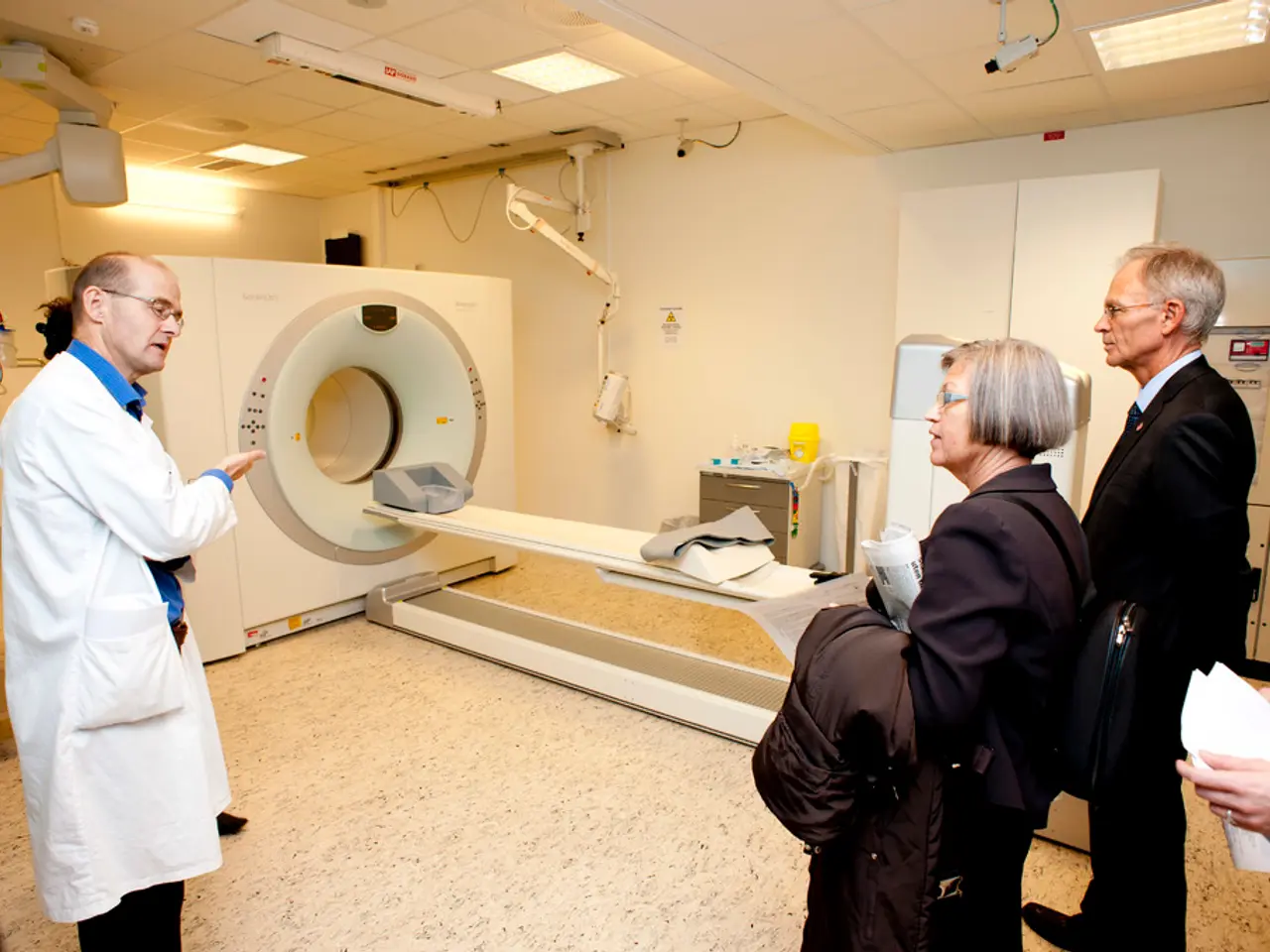Rapid development, bleeds easily, and brings discomfort: Characteristics of Pyogenic Granuloma
Pyogenic granulomas, also known as lobular capillary hemangiomas, are benign vascular proliferations that can develop rapidly on the skin and mucous membranes. These growths, characterised by their rapid growth and often appearing as small, red, friable papules, are a common concern for many individuals.
Common causes of pyogenic granuloma development include minor trauma, chronic irritation, hormonal changes, insect bites, and systemic conditions. Injuries like cuts, scratches, or abrasions can trigger their formation, as can chronic irritation due to piercings, poor oral hygiene, or other irritations. Hormonal changes during pregnancy or due to hormonal medications like birth control can also contribute to their eruption. Even minor insect bites can lead to the development of pyogenic granulomas, and certain systemic factors may play a role, though the exact mechanisms are complex and involve various genetic mutations.
Pyogenic granulomas often present with common symptoms such as rapid growth, irritation, and easy bleeding. Bleeding is a main symptom, which can be spontaneous or occur due to trauma. Clinically, they appear as red and raised bumps on the skin, commonly on the hands and arms. It's important to note that pyogenic granulomas can mimic the appearance of squamous cell carcinoma, so a histological examination is necessary to distinguish between the two.
Diagnosis of pyogenic granuloma typically involves a microscopic investigation to help distinguish whether the lesions are cancerous or not. A biopsy is taken for histopathological examination to confirm the diagnosis.
Treatment options vary depending on the size and location of the lesion. Topical treatments like imiquimod cream and timolol can be used for smaller lesions, with timolol showing improvement in 4 out of 10 people without side effects. For larger lesions, particularly those at risk of bleeding and irritation, surgical removal is commonly used. The Nd:YAG laser is a powerful option for treating larger and thicker lesions, requiring fewer treatments to successfully remove the lesion. Laser treatment, specifically pulsed dye lasers (PDL), CO2 lasers, Nd:YAG lasers, and the Nd:YAG laser, can be used to target the blood vessels and destroy the vascular tissue within the lesion.
While laser treatment is a minimally invasive option with a quick recovery rate, accessing the right laser type for the specific lesion and high cost rates can be disadvantages. It's always best to consult with a healthcare professional to discuss the most suitable treatment option for each individual case.
In conclusion, understanding the causes, symptoms, and treatment options for pyogenic granulomas is crucial for early detection and effective management. If you notice any unusual growths on your skin or mucous membranes, it's essential to seek medical advice promptly.
Scientists have linked pyogenic granulomas, a type of skin growth, to a variety of causes, including minor traumas, hormonal changes, systemic conditions, and insect bites. Symptoms like rapid growth, irritation, and easy bleeding can indicate its presence. While smaller lesions can be treated with topical medications like imiquimod cream and timolol, larger ones often require surgical removal or laser treatment. However, these treatments may have limitations due to their cost and the need for a specific laser type. For accurate diagnosis and effective treatment, it is essential to consult with healthcare professionals. Regular check-ups and awareness of health-related matters, including medical-conditions, health-and-wellness, skincare, and women's health, are crucial for early detection and management.




